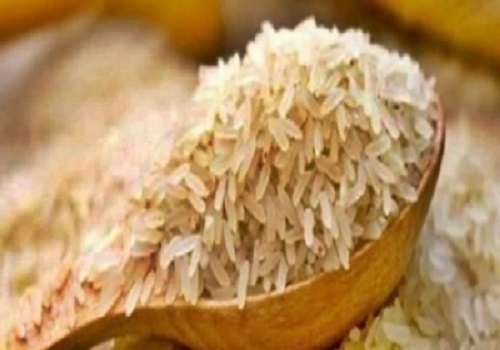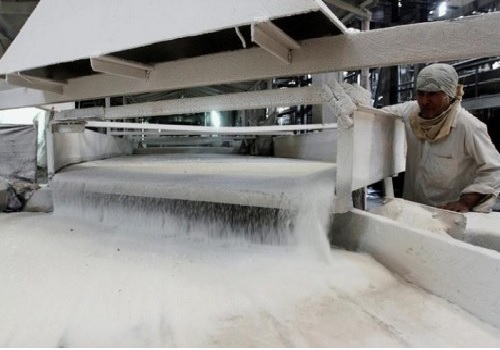India's Chickpea Conundrum: Imports Fail to Quell Rising Prices, Yellow Peas Emerge as Substitutes by Amit Gupta, Kedia Advisory

Despite India's move to permit duty-free chickpea imports, soaring local prices remain unchecked due to a significant drop in domestic production. With chickpea imports unlikely to bridge the shortfall, Indian markets turn to cheaper yellow peas, also allowed duty-free, exacerbating the shift away from chickpeas.
Highlights
Record High Chickpea Prices: Prices of chickpeas, also known as chana, have reached a record high of 65,103 rupees per ton and have surged nearly 33% in the past year.
Chickpea Imports Unlikely to Ease Prices: Despite India's decision to allow duty-free imports of chickpeas, local prices are unlikely to decrease significantly due to a substantial drop in domestic production.
Shift to Yellow Peas as Substitute: Indian buyers are turning to cheaper yellow peas, which are also allowed to be imported duty-free, as a substitute for chickpeas.
Challenges in Meeting Demand: Even if India were to import all available chickpea supplies from various countries, it would still not be sufficient to meet the demand, given the significant production shortfall.
Estimated Production Drop: Industry estimates suggest a 25% drop in chickpea production due to lower cultivation area and decreased yields caused by adverse weather conditions.
Supply Shortfall: Markets are experiencing nearly a third lower supplies from the new season crop, indicating a decrease in production.
Increased Cost of Imported Chickpeas: Imported chickpeas, particularly from Australia, have become more expensive after India allowed duty-free imports, further contributing to the high prices.
Preference for Yellow Peas: Yellow peas, imported mainly from Canada, Russia, and Turkey, are available at half the cost of chickpeas and are abundant in the world market, prompting Indian buyers to increase imports.
Conclusion
India's struggle to curb rising chickpea prices reflects the intricate balance between domestic production and international trade dynamics. Despite opening avenues for imports, the reliance on yellow peas underscores the challenges in ensuring food security amidst fluctuating agricultural conditions. As India navigates these complexities, a holistic approach integrating domestic production support and strategic import policies becomes imperative to stabilize prices and meet the nation's pulses demand effectively.
Above views are of the author and not of the website kindly read disclaimer


.jpg)
.jpg)

.jpg)


.jpg)

Tag News

Quote on Budget 2026-27 Expectations from Mr. Sanjay Kumar, CEO & MD, Rassense Pvt Ltd - Ind...













